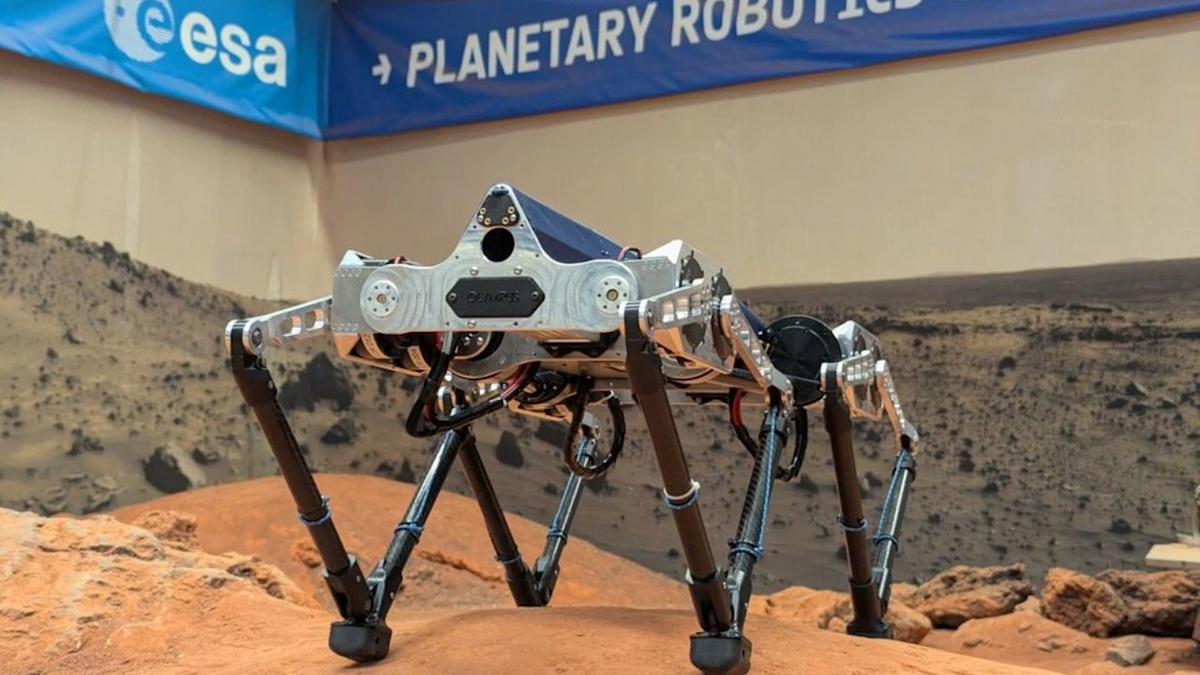Olympus Robot Demonstrates Martian Terrain Navigation Potential

newly released video showcases a four-legged robot, dubbed Olympus, performing agile maneuvers in a simulated Martian gravity environment, hinting at how future space exploration might overcome challenging terrain. Designed for operation in low-gravity settings like the Moon and Mars, Olympus features “double” limbs equipped with jointed knees and paw-like feet to facilitate mobility. Recent trials at the European Space Agency’s (ESA) Orbital Robotics Interactive Test (ORBIT) facility in the Netherlands demonstrated its ability to stabilize itself, execute jumps, and maintain orientation under conditions mimicking microgravity.
With Martian gravity being approximately 38% of Earth’s, Olympus’ capacity for jumping offers a significant advantage over conventional wheeled rovers, allowing it to surmount obstacles that would otherwise prove impassable. According to Jørgen Anker Olsen, the robot’s developer and a visiting Ph.D. researcher from the Norwegian University of Science and Technology, such robots could also gain access to subsurface features—like lava tubes or caverns—currently deemed too precarious for drones or airborne probes.
During testing, Olympus was suspended upside down on ORBIT’s floating platforms, which utilize an ultra-flat surface and a thin cushion of air to simulate two-dimensional free-floating weightlessness, akin to the movement of pucks on an air hockey table. This configuration enabled comprehensive evaluation of its leg articulation. Leveraging reinforcement learning, a machine learning methodology reliant on iterative trial and error, Olympus independently mastered orientation control as the platform rotated. The ESA video depicts the robot utilizing swimming-like movements to self-correct and successfully complete several wall-to-wall jumps, consistently landing on all four limbs. Olsen’s work highlights the potential of legged robots to revolutionize space exploration, opening access to previously inaccessible terrains and potentially revolutionizing future missions.









